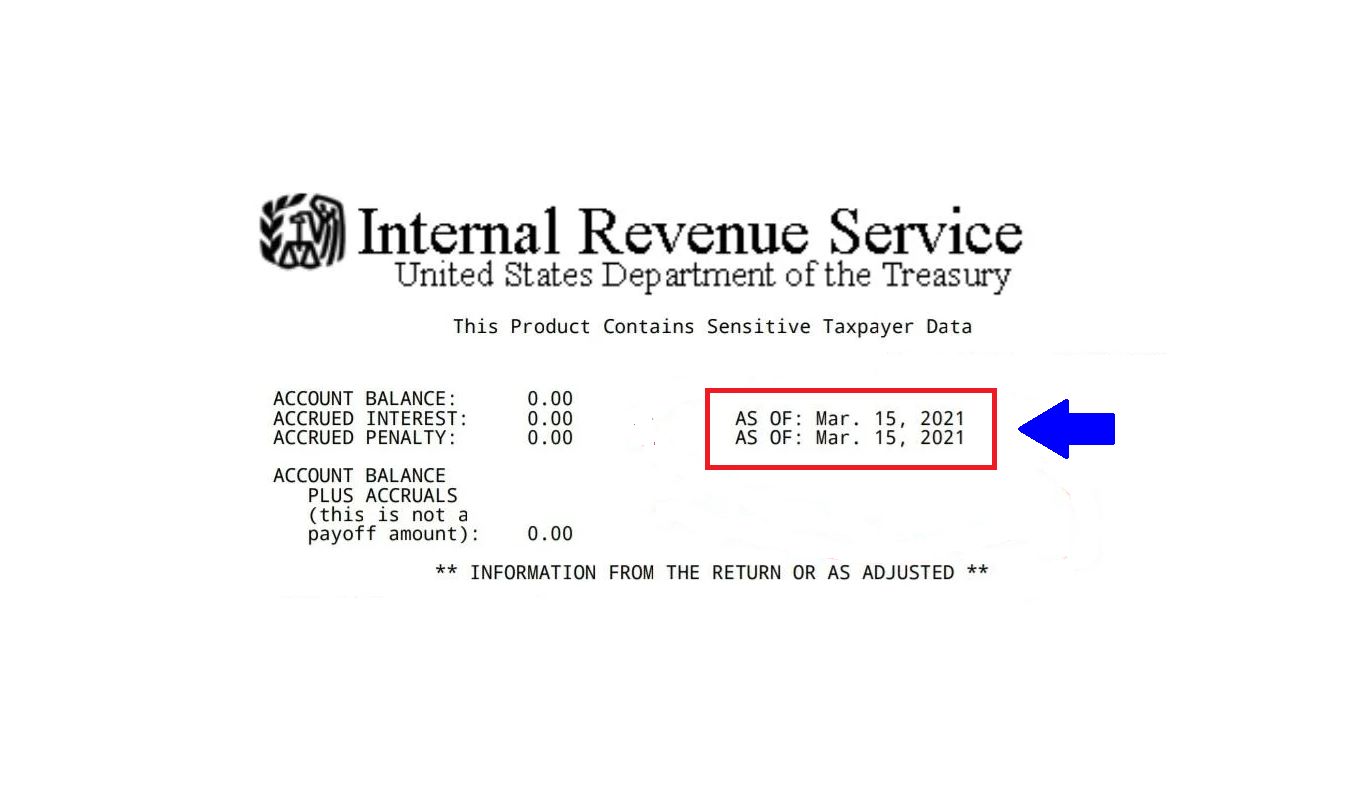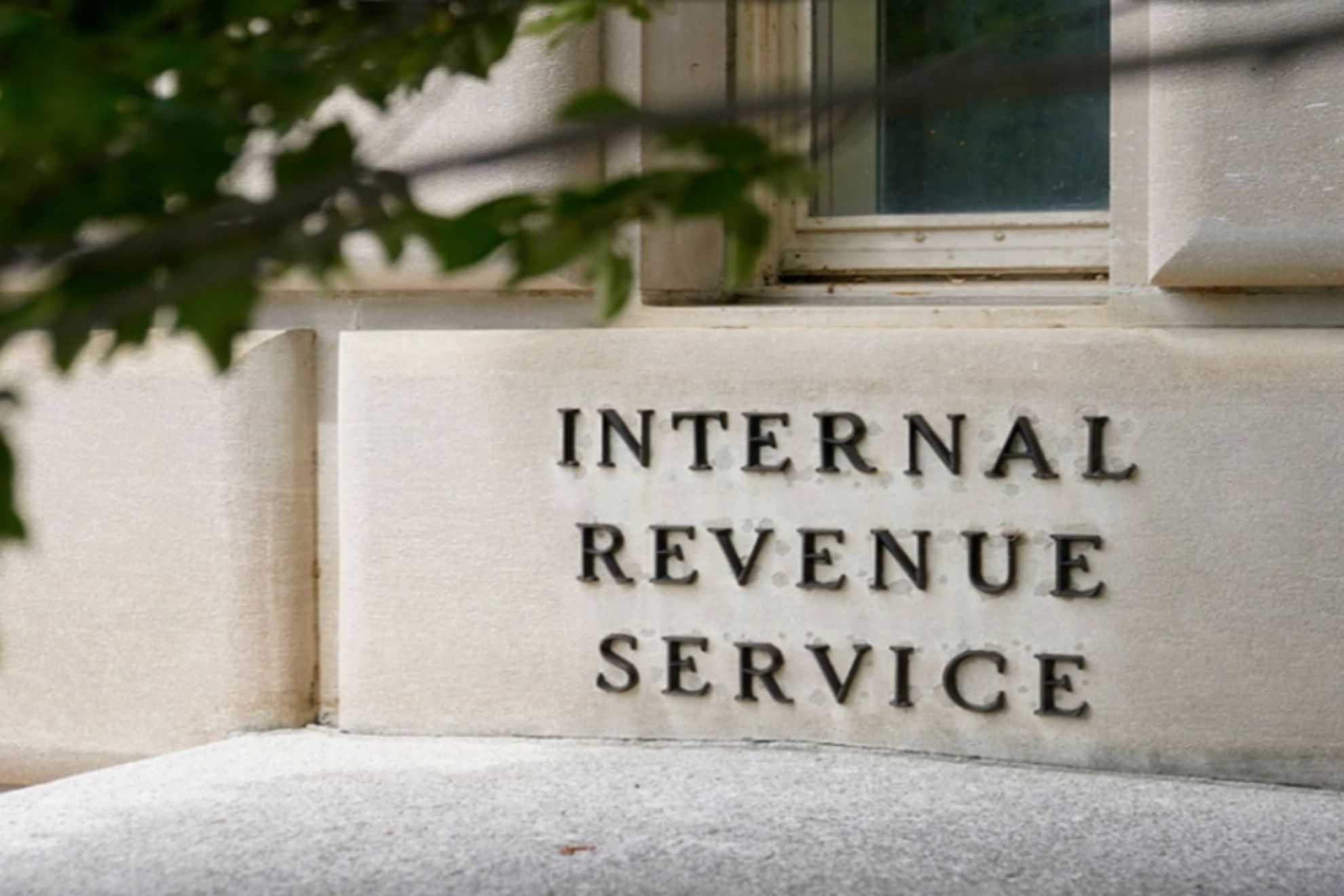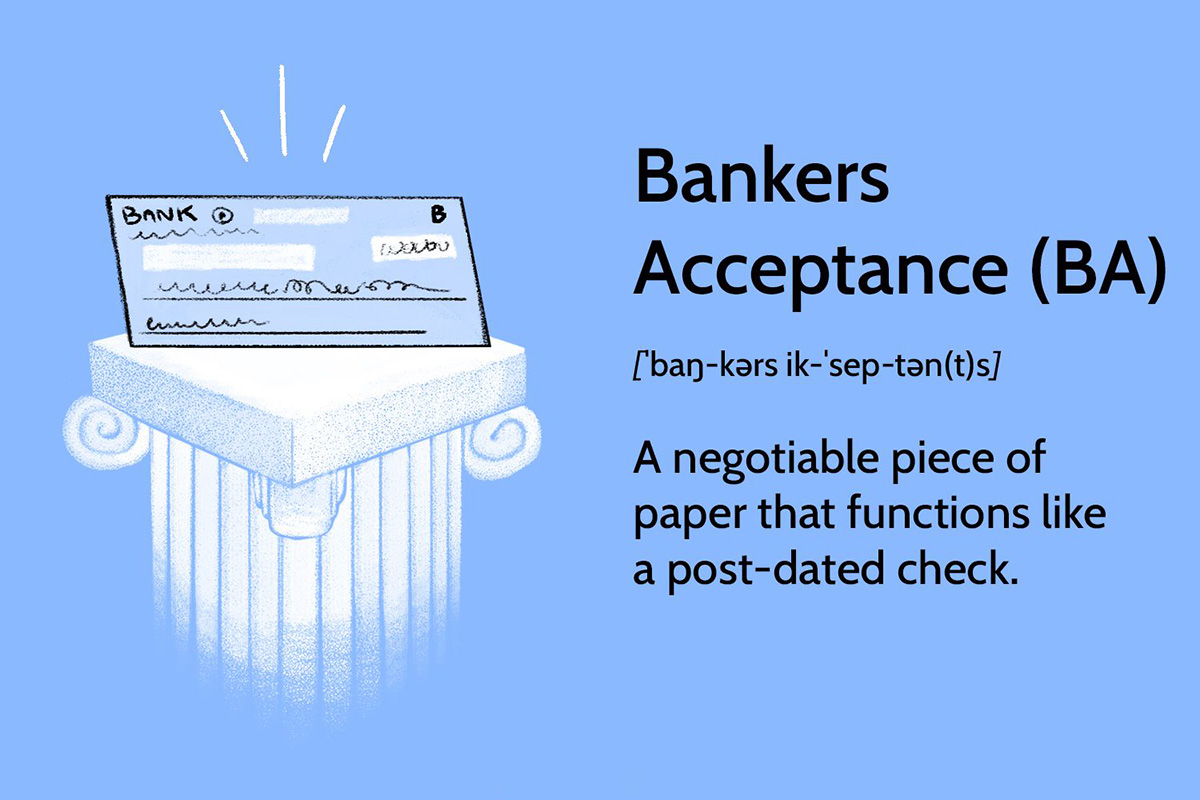Home>Finance>What Does As Of Date Mean On An IRS Transcript?


Finance
What Does As Of Date Mean On An IRS Transcript?
Published: October 31, 2023
Learn the meaning of "as of date" on an IRS transcript and how it impacts your financial status. Explore the significance of this term in finance.
(Many of the links in this article redirect to a specific reviewed product. Your purchase of these products through affiliate links helps to generate commission for LiveWell, at no extra cost. Learn more)
Table of Contents
Overview
When dealing with the Internal Revenue Service (IRS) and navigating through financial matters, it is important to understand the terminology and documentation used. One such important document is the IRS transcript, which provides a comprehensive record of a taxpayer’s financial activities and interactions with the IRS. Among the various details included in an IRS transcript, the “As of Date” holds particular significance.
The “As of Date” on an IRS transcript refers to the specific date when the information on the transcript was last updated. It serves as a reference point, indicating the currency of the data contained within the transcript.
Understanding the implications of the “As of Date” is vital because it helps individuals and tax professionals comprehend the relevance and accuracy of the information presented. By knowing the “As of Date,” taxpayers can assess the current status of their financial dealings with the IRS and ensure that any necessary actions are taken in a timely manner.
In this article, we will delve into the concept of the “As of Date” on an IRS transcript, its significance, and how to interpret it. We will also discuss its implications and where to locate this crucial piece of information within an IRS transcript.
Understanding IRS Transcripts
Before delving into the specifics of the “As of Date” on an IRS transcript, it is important to have a clear understanding of what an IRS transcript is and how it is relevant to taxpayers.
An IRS transcript is a summary of a taxpayer’s financial information, including tax returns filed, payments made, and any adjustments or changes made to the tax account. It provides a detailed record of the taxpayer’s financial activities with the IRS, serving as a valuable tool for tax compliance and documentation purposes.
There are different types of IRS transcripts that cater to specific needs. Some of the commonly requested transcripts include:
- Return Transcript: This transcript provides a summary of the taxpayer’s filed tax return, including the original information submitted.
- Account Transcript: An account transcript provides a summary of the taxpayer’s tax account, showing any changes or updates made by the IRS.
- Wage and Income Transcript: This transcript provides information about the taxpayer’s income reported to the IRS from various sources, such as employers and financial institutions.
IRS transcripts are often requested by taxpayers when applying for loans, mortgages, or other financial transactions that require verification of their financial standing with the IRS. It is also a useful resource for tax professionals who need to review a taxpayer’s financial history to ensure compliance with tax regulations.
Understanding how to read and interpret the information contained in an IRS transcript is essential for individuals and tax professionals alike. By familiarizing themselves with the different sections and codes presented in the transcript, taxpayers can gain insights into their tax account and address any issues or discrepancies that may arise.
What is the “As of Date” on an IRS Transcript?
The “As of Date” on an IRS transcript refers to the specific date when the information on the transcript was last updated. It reflects the most recent changes or updates made to the taxpayer’s account with the IRS. Essentially, it provides a snapshot of the taxpayer’s financial status and interactions with the IRS as of that particular date.
Think of the “As of Date” as a point of reference to gauge the validity and currency of the information contained within the transcript. It helps taxpayers and tax professionals assess the timeliness and accuracy of the data presented, allowing them to make informed decisions and take appropriate actions based on the most up-to-date information available.
The “As of Date” is crucial because it allows taxpayers to determine the relevance and significance of the information provided in an IRS transcript. For example, if a taxpayer is reviewing their account transcript and notices a payment made on a specific date, they can assess whether or not it is reflected in the transcript based on the “As of Date.” If the payment was made after the “As of Date,” it may not be reflected in the transcript yet, and further follow-up may be necessary.
While the “As of Date” signifies the currency of the information on the transcript, it does not mean that the information is static or unchangeable. The IRS can still make updates to a taxpayer’s account after the “As of Date” if any new information or changes are reported. Therefore, it is essential to regularly review the “As of Date” and obtain updated transcripts when needed.
Understanding the relevance and significance of the “As of Date” is vital for accurate financial planning, tax compliance, and addressing any discrepancies or issues with the IRS. It ensures that taxpayers have access to the most current information on their tax accounts, facilitating better decision-making and timely resolution of any tax-related matters.
Importance of the “As of Date”
The “As of Date” on an IRS transcript holds significant importance for taxpayers and tax professionals. It serves as a crucial reference point to determine the currency and accuracy of the information contained within the transcript. Understanding the importance of the “As of Date” can help individuals effectively manage their tax affairs and make informed decisions. Let’s explore why the “As of Date” is important:
1. Current Financial Status
The “As of Date” provides a snapshot of a taxpayer’s financial standing with the IRS as of that specific date. It allows individuals to assess their current tax account balance, outstanding liabilities, and any recent transactions or changes in their tax status. This information is crucial for financial planning, ensuring that taxpayers have accurate and up-to-date information to make informed decisions.
2. Timing of Transactions
The “As of Date” helps taxpayers track the timing of their financial transactions and interactions with the IRS. By comparing transaction dates with the “As of Date,” individuals can determine if certain actions or payments were recorded within the designated timeframe. This is particularly important when verifying the timing of payments, such as estimated tax payments or installment agreements.
3. Accuracy of Information
Reviewing the “As of Date” allows taxpayers to assess the accuracy of the information presented in an IRS transcript. It helps individuals ensure that their records match the information recorded by the IRS and identify any discrepancies or errors that need to be addressed. Regularly validating the accuracy of information is crucial in maintaining compliance and resolving any issues with the IRS.
4. Timely Action
The “As of Date” serves as a prompt for individuals to take necessary actions in a timely manner. It helps taxpayers identify any outstanding obligations or pending actions that need attention. By staying updated on the “As of Date,” individuals can proactively address any missed payments, respond to IRS correspondence, or resolve discrepancies to avoid penalties or further complications.
5. Audit and Dispute Purposes
In cases where a taxpayer is being audited or disputing certain IRS actions, the “As of Date” is crucial. It helps individuals gather accurate and relevant information to support their claims or refute any discrepancies identified by the IRS. Having access to up-to-date information allows taxpayers to present a comprehensive case and resolve any issues efficiently.
Overall, understanding the importance of the “As of Date” on an IRS transcript ensures that individuals have the most current and accurate information about their tax accounts. It enables taxpayers to make informed decisions, maintain compliance, and address any discrepancies or issues with the IRS in a timely manner.
How to Interpret the “As of Date”
Interpreting the “As of Date” on an IRS transcript is essential for understanding the relevance and current status of the information presented. By effectively interpreting the “As of Date,” taxpayers and tax professionals can make informed decisions and take appropriate actions. Here are some key points to consider when interpreting the “As of Date”:
1. Comparing Dates
When reviewing an IRS transcript, it is important to compare the “As of Date” with the dates of relevant transactions or events. This allows individuals to determine if certain actions occurred before or after the “As of Date,” providing insights into whether the information in the transcript is complete and up-to-date. For example, if a payment was made after the “As of Date,” it may not be reflected in the transcript yet.
2. Timing of Updates
The “As of Date” indicates the most recent updates made to the IRS transcript. It is important to note that updates to the account can occur after the “As of Date,” as the IRS may process additional information or make adjustments to the tax account. Therefore, it is crucial to regularly check for updated transcripts to obtain the most current information and ensure the accuracy of the data.
3. Relevance to Queries
When seeking specific information or answers to inquiries, understanding the “As of Date” helps individuals determine if the information is current and relevant. Queries or actions that took place after the “As of Date” may not be reflected in the transcript, indicating the need for further follow-up or updated transcripts to obtain the desired information.
4. Ongoing Changes
The “As of Date” does not imply that the information presented in the transcript is fixed or unchangeable. Taxpayers should be aware that the IRS can continue to make updates or adjustments to the account even after the “As of Date,” particularly when new information is reported or changes are made to the tax account. Regularly monitoring the “As of Date” ensures that individuals stay informed about any ongoing changes.
5. Future Impact
The “As of Date” also has implications for future actions or obligations. It helps individuals identify any upcoming deadlines, tax payments, or response requirements based on the current status of the tax account. By understanding the “As of Date,” individuals can anticipate and prepare for any upcoming responsibilities or obligations with the IRS.
Interpreting the “As of Date” on an IRS transcript is crucial for understanding the timeliness and relevance of the information presented. By considering the comparison of dates, timing of updates, relevance to queries, ongoing changes, and future impact, individuals can effectively navigate their tax affairs and take appropriate actions based on the most current and accurate information available.
Finding the “As of Date” on an IRS Transcript
Locating the “As of Date” on an IRS transcript is important in order to understand the currency and relevance of the information presented. While the exact placement of the “As of Date” may vary depending on the type of IRS transcript requested, there are general guidelines to help individuals find this crucial piece of information:
1. Account Transcript
If you are reviewing an account transcript, which provides a summary of your tax account, the “As of Date” is typically located in the top right corner of the transcript. It is usually displayed prominently, along with other important details such as your name, taxpayer identification number, and tax period.
2. Return Transcript
For a return transcript, which summarizes the original information submitted on your tax return, the “As of Date” may be located in the top right corner, similar to the account transcript. However, in some cases, the “As of Date” may be located at the top left corner or within a section titled “Processing Dates.”
3. Wage and Income Transcript
If you have requested a wage and income transcript, which provides information about income reported to the IRS, the “As of Date” is typically found in the top right corner, similar to the other types of transcripts. It is important to note that the “As of Date” may vary for different sections within the wage and income transcript, reflecting the latest update for each specific income source.
Regardless of the type of transcript, it is important to carefully review the document to identify the “As of Date.” Take note of any other relevant dates or timestamps within the transcript, as they may provide additional insights into the timeline of events or updates to your tax account.
If you are having difficulty finding the “As of Date” on your IRS transcript, you can seek assistance from the IRS directly by contacting their customer service helpline or visiting a local IRS office. They will be able to guide you in locating the specific section and date on your transcript.
By locating the “As of Date” on an IRS transcript, individuals can accurately assess the currency of the information presented, make informed decisions, and take appropriate actions based on the most up-to-date information available.
Implications of the “As of Date”
The “As of Date” on an IRS transcript carries significant implications for taxpayers and tax professionals alike. Understanding these implications is essential for effectively managing tax affairs and making informed decisions. Here are some key implications to consider:
1. Currency of Information
The “As of Date” provides an indication of the currency of the information on an IRS transcript. It helps individuals understand whether the information presented is current or if there have been any recent updates to their tax account. This is crucial for staying up-to-date with their financial status and complying with tax obligations.
2. Timeliness of Actions
By considering the “As of Date,” taxpayers can determine whether certain actions or payments have been recorded within the specified timeframe. For example, if a payment was made after the “As of Date,” it may not be reflected in the transcript yet. This insight helps individuals ensure that their actions align with important deadlines and avoid any potential penalties or disputes.
3. Accuracy of Records
The “As of Date” also has implications for the accuracy of records. By comparing transaction dates and the “As of Date,” taxpayers can verify the completeness and accuracy of the information contained within the IRS transcript. This enables individuals to identify any discrepancies or errors and take appropriate steps to address them.
4. Responsibility for Updates
The “As of Date” indicates the responsibility for obtaining updated information. If a taxpayer needs the most recent details of their tax account, they should request a new transcript with a more recent “As of Date.” It highlights the importance of regularly reviewing the “As of Date” and obtaining updated transcripts to ensure accurate and reliable information.
5. Decision-Making and Planning
Understanding the “As of Date” aids in making informed decisions and effective financial planning. By considering the most recent updates reflected in the “As of Date,” individuals can assess their financial situation and make well-informed decisions about budgeting, tax planning, and compliance with IRS requirements.
6. Audit and Dispute Resolution
The “As of Date” becomes crucial during audit processes or when resolving disputes with the IRS. It helps individuals present accurate and up-to-date information, ensuring a comprehensive and accurate case. By keeping track of the “As of Date” and obtaining updated transcripts when required, taxpayers can effectively address any issues and provide necessary documentation.
Overall, the “As of Date” on an IRS transcript carries significant implications for taxpayers. By understanding the currency and relevance of the information presented, individuals can navigate their tax affairs more effectively, make informed decisions, and ensure compliance with IRS regulations.
Conclusion
Understanding the significance of the “As of Date” on an IRS transcript is crucial for individuals and tax professionals alike. It serves as a reference point to gauge the currency and accuracy of the information presented within the transcript. By considering the “As of Date,” taxpayers can make informed decisions, address any discrepancies, and ensure compliance with IRS regulations.
Throughout this article, we have explored the various aspects related to the “As of Date” on an IRS transcript. We started by providing an overview of IRS transcripts and their importance in financial matters. We then discussed the meaning of the “As of Date” and its implications for taxpayers.
We learned that the “As of Date” reflects the specific date when the information on the IRS transcript was last updated. It helps individuals assess the timeliness and accuracy of the data, allowing for better decision-making and timely actions. We also explored how to interpret the “As of Date” by considering the comparison of dates, timing of updates, relevance to queries, ongoing changes, and future impact.
Additionally, we discussed the importance of finding the “As of Date” on an IRS transcript. It helps individuals locate the specific section containing the “As of Date” and understand the currency of the information presented.
Lastly, we explored the implications of the “As of Date” on an IRS transcript. We discussed the significance in terms of currency of information, timeliness of actions, accuracy of records, responsibility for updates, decision-making, and audit or dispute resolutions.
In conclusion, staying informed about the “As of Date” on an IRS transcript empowers individuals to effectively manage their tax affairs, make informed financial decisions, and maintain compliance with IRS regulations. Regularly obtaining updated transcripts when needed ensures access to the most current and accurate information, enabling taxpayers to navigate the complexities of their tax obligations more effectively.














